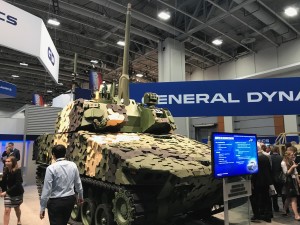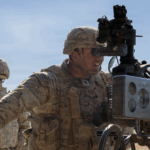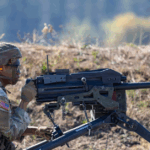
The Army released a Request for Proposal on Friday for the Optionally Manned Fighting Vehicle (OMFV), officially opening the competition for the Bradley replacement program, with plans to award prototype contracts in 2020 and field the first vehicles in 2026. Industry proposals are due in October for OMFV, the Army’s top next-generation combat vehicle (NGCV) priority, with vendors set to compete for two prototype awards to each deliver 14 test vehicles. "The OMFV must exceed current capabilities while overmatching similar…

 By
By 











